Catharsis: The Power of Meditation For Emotional Release

Meditation [¹] for emotional release is not only a means of relaxation; it also allows us to tap into our inner selves and connect profoundly with our emotions. By quieting the mind and then focusing on the present moment, we create space for catharsis.
Through this practice, we can release trapped emotions, let go of stress, and find a sense of inner peace.
If you're seeking a powerful tool to help you navigate your emotions and find release, join us as we uncover the incredible power of meditation for emotional release.
What is Meditation and Catharsis?
Meditation, an ancient practice spanning centuries, cultivates mindfulness [²] and promotes overall well-being. It entails assuming a comfortable posture and directing your attention to your breath, a mantra, or an object of concentration.
The goal is to quiet the mind and bring your attention to the present moment.
On the other hand, catharsis [³] refers to the process of releasing or purging emotions. It originated from Greek drama, where it was believed that experiencing strong emotions through watching a tragedy could lead to emotional release and healing.
In meditation, catharsis involves allowing ourselves to fully experience and then express our emotions in a safe and nonjudgmental space.
Strong Emotion and The Need for Release
Emotions are a natural part of the human experience. They can range from joy and love to anger and sadness. While some emotions may feel positive and energizing, others can be overwhelming and distressing.
It is crucial to recognize that all emotions, regardless of their nature, are valid and should be acknowledged. This understanding can help us feel more validated and understood in our emotional journeys.
However, when we suppress or ignore our emotions, they can become trapped within us and manifest as physical or psychological symptoms [⁴] This may result in persistent stress, anxiety, depression, and various health complications.
This may result in chronic stress, anxiety, depression, and other health issues. By allowing ourselves to experience and release our emotions fully, we can prevent them from becoming trapped and then find relief from emotional burdens.
The Science Behind Meditation and Emotional Release
Several scientific studies [⁶] have explored the impacts of meditation on emotional well-being. A study discovered that consistent meditation practice can reduce emotions such as anxiety and depression. Another revealed that mindfulness meditation can reduce the reactivity of the amygdala, the part of the brain responsible for processing certain emotions.
Meditation has also been shown to enhance functioning in the prefrontal cortex, a region linked to emotional control and cognitive abilities.
This suggests that consistent meditation [⁵] practice can help us become more aware of our difficult emotions and better equipped to manage them.
Guided Meditation Techniques for Catharsis
Several meditation techniques can be used for emotional release. It's important to experiment with different techniques to find the ones that resonate with you. Here are a few popular techniques:
1. Corpse Pose
- Lie on your back on the floor with your feet wider than shoulder-width apart, maintaining good alignment with your head, shoulders, and hips.
- Place your arms at your sides or extend your arms overhead.
- After that, close your eyes and take several deep belly breaths, in through your nose and out through your mouth, relaxing your entire body.
Place a yoga block, pillow, or rolled towel underneath your lower back for an added stretch.
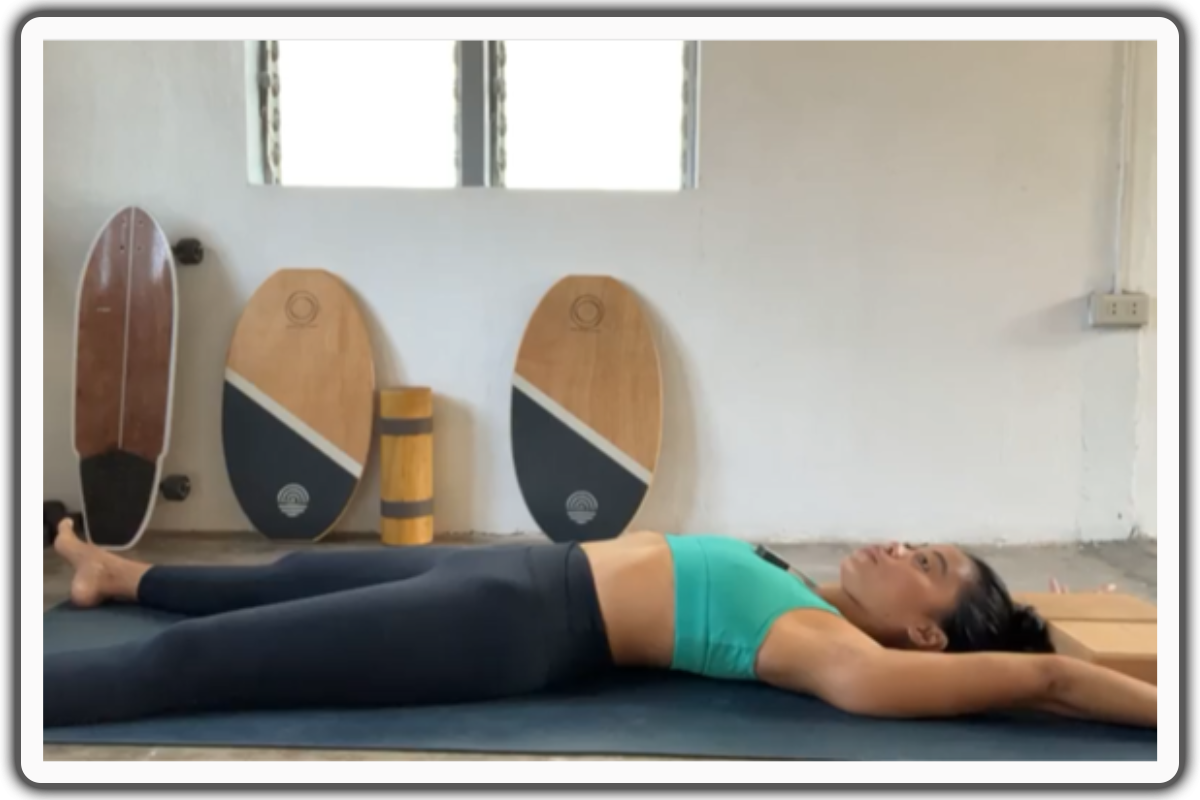
2. Reclined Butterfly
For this exercise, you can use a yoga block, pillow, or rolled towel to support your head and mid-back.
- Lie on your back on the floor with your knees bent and feet flat on the floor, maintaining good alignment with your head, shoulders, and hips.
Place one yoga block to support your midback at its lowest setting and another yoga block to support your head at its highest setting.
After that, place your hands on your inner thighs or relax your arms at your sides.
Tighten your core, bring the soles of your feet together, and open your knees out to the sides.
Hold this position for several deep belly breaths, in through your nose and out through your mouth.
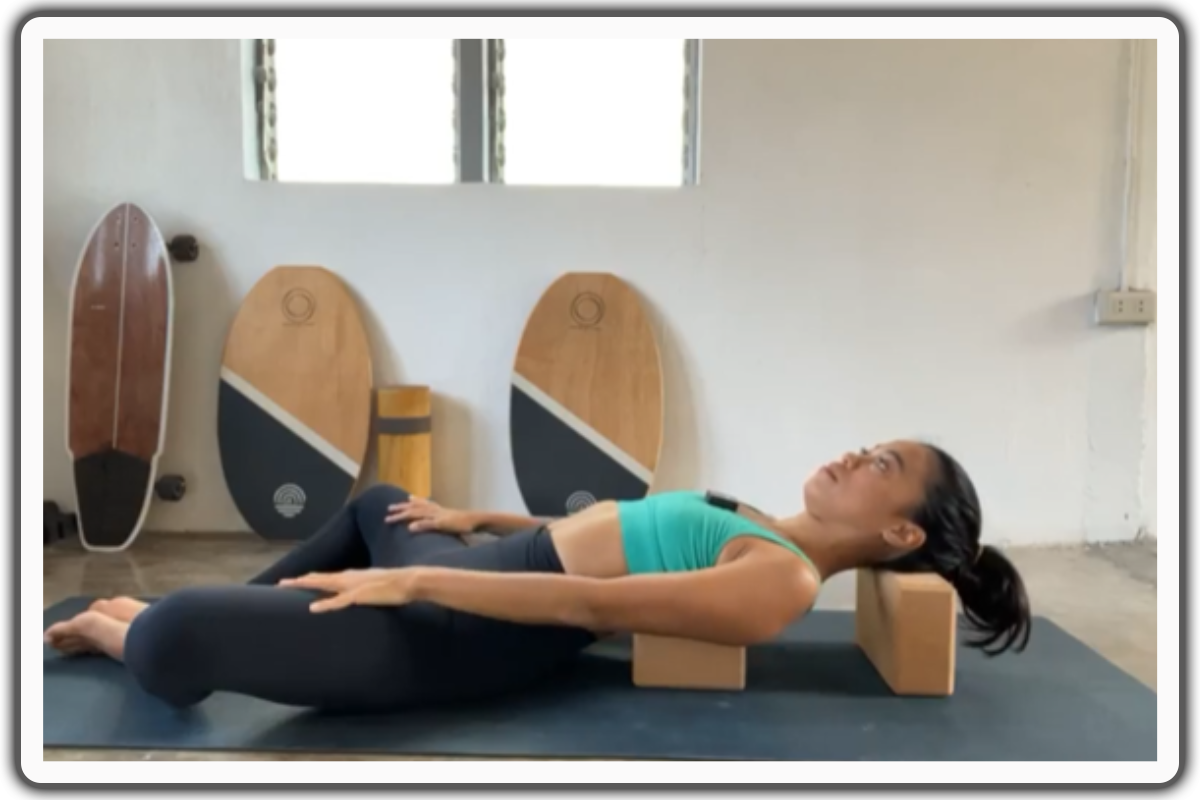
3. Pranayama Meditation ( 6 7 8 Breath Works)
- Begin in an upright sitting position on the floor with your legs crossed, maintaining good alignment with your head, shoulders, and then hips.
Place your hands on your knees, close your eyes, or gaze at something unmoving in front of you.
Soften your face and relax your shoulders, allowing your body and then mind to settle in.
Bring awareness to your breathing as you take a deep belly breath through the nose for 6 counts, hold your breath for 7 counts, and then exhale through the mouth for 8 counts. Repeat the practice, starting with 1 set of 5 repetitions. Relax and return to your normal breathing, noticing your feelings and surroundings.
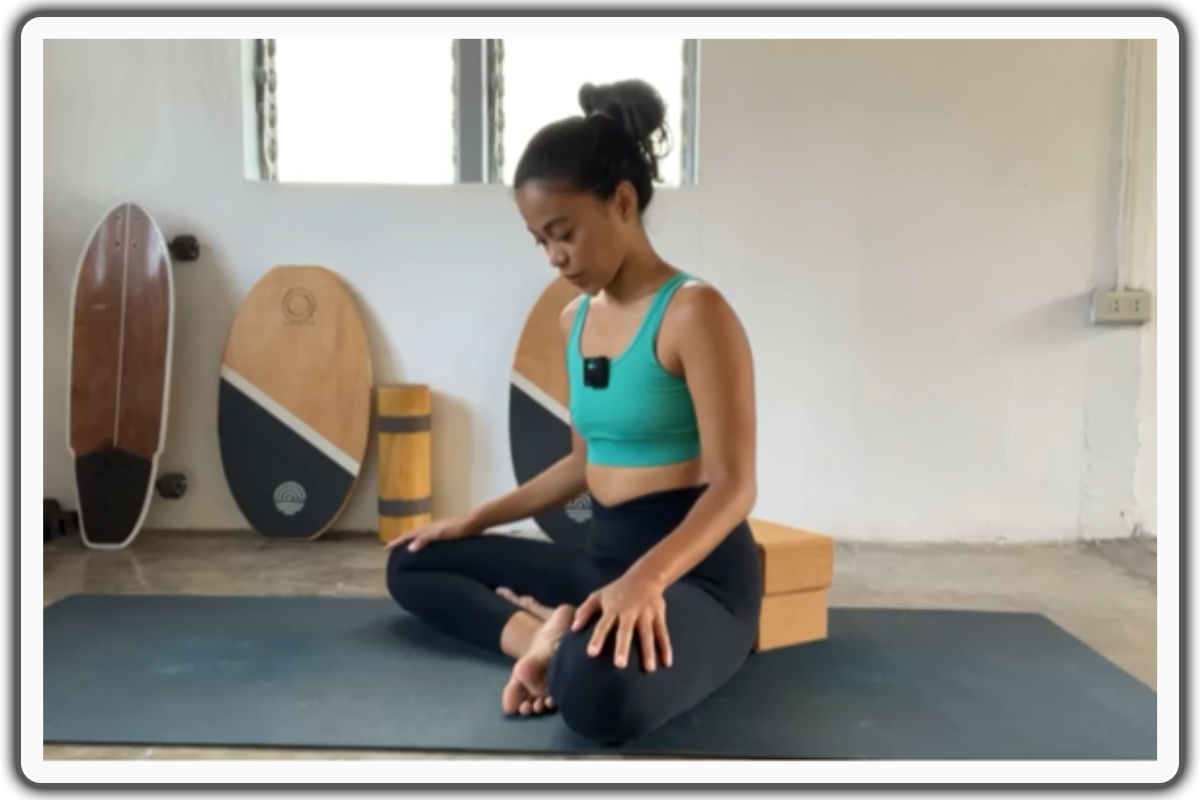
4. Body Scan Meditation
- Begin in an upright sitting position on the floor with your legs crossed in front of your body for an emotional release meditation, maintaining good alignment with your head, shoulders, and hips.
- After that, place your hands on your knees.
- Scan your body with a sense of neutrality.
Bring awareness from the tips of your toes to the crown of your head, allowing the sensations to make you more present in the moment.
Notice how you breathe once more, maintaining awareness of your body and remaining gentle with yourself. Inhale through your nose, hold your breath for a second, then exhale through your mouth and hold your breath again for another second. Repeat the breathing practice, starting with 1 set of 5 repetitions. Relax and return to your normal breathing, noticing your feelings and surroundings.
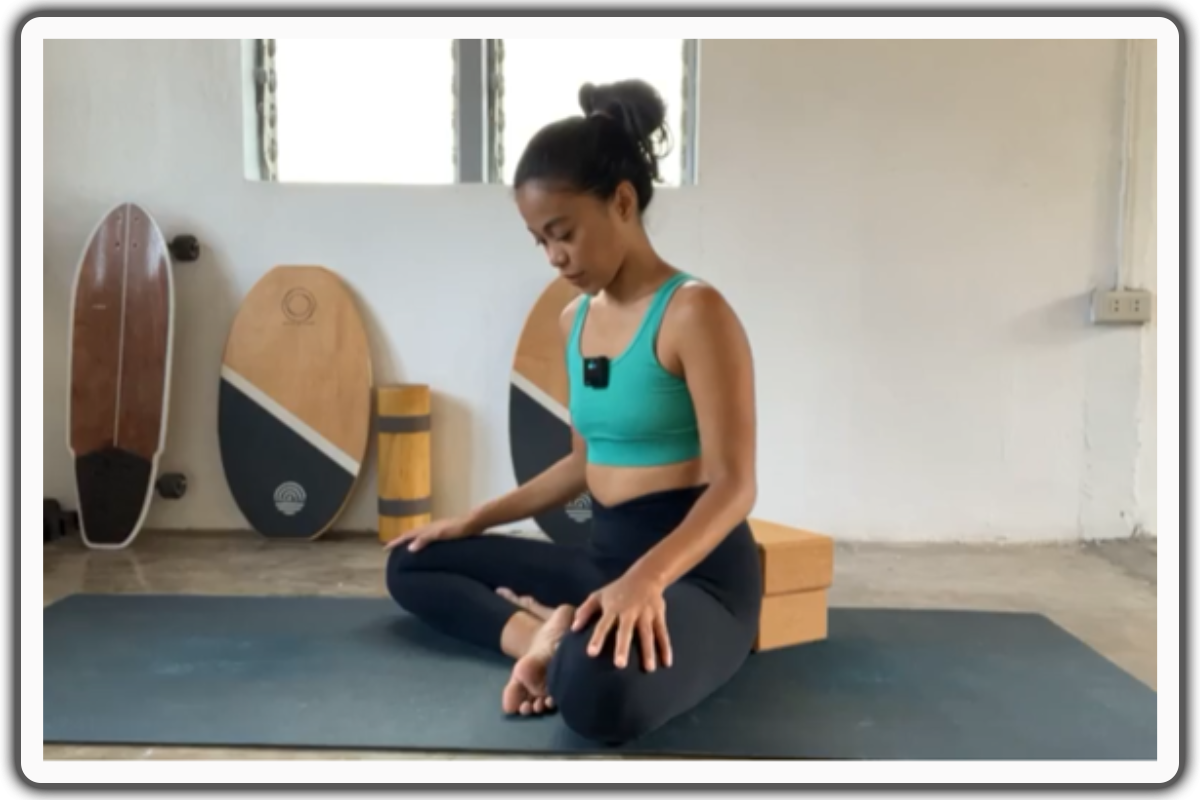
5. Emotional Landscape Meditation
- Begin in an upright sitting position on the floor with your legs crossed in front of your body, maintaining good alignment with your head, shoulders and then hips.
Place one hand over your one knee and then your other hand holding your other ankle.
Notice any emotion that feels present without labeling them as good or bad or right or wrong.
Acknowledge those feelings that cause emotions to rise recently. Turn your attention towards those emotions swirling inside you and bring awareness to how your body is. Allow all your sensations to be as they are, and be gentle with yourself as you acknowledge any discomfort feelings.
At this point, stay connected with your breath, then make an inner prompt or question for yourself about your emotions by asking, “What emotions am I feeling right now?”. While asking this question to yourself, notice how your mind and body shift without labeling them. The next question you need to ask is, “Which emotions am I trying to avoid right now?” and give attention to the emotions that seem hard for you. Also, follow with these questions, “Why am I trying to hide this emotion?”, “What does this emotion need from me?”, “What is preventing me from addressing this emotion?”. Let your body flow with the sensation, not allowing the space of distraction to prevent this emotion.
Bring awareness to your breathing. Inhale through your nose. Hold your breath for a second, then exhale through your mouth and hold your breath again for another second. Repeat the breathing practice, starting with 1 set of 5 repetitions. Relax and then return to your normal breathing, noticing your feelings and surroundings.
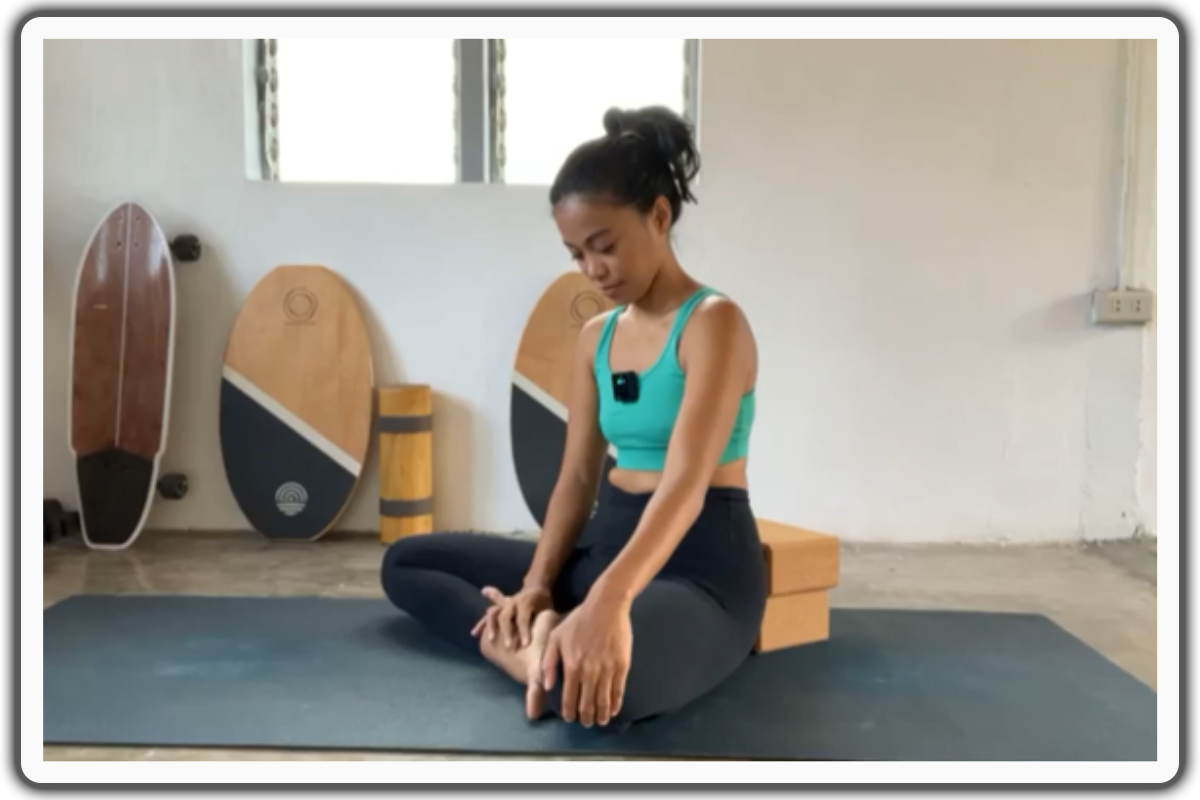
6. Self-Compassion Meditation
Begin in an upright sitting position on the floor with your legs crossed in front of your body, maintaining good alignment with your head, shoulders and hips. Bring awareness to your emotions by asking these questions to yourself, “What purpose is being hard on my self serving?”, “What would it take for me to be kinder to myself at this moment?” Then, give yourself permission to be in your present moment, to be kind to yourself, and to allow the emotions to be present.
At this moment, stay connected with your breath, then offer space for every emotion by remaining calm, gentle, aware, and open. Once you are more in tune with your breath, you can better greet what comes your way.
Let your emotions be your visitors, and welcome them with pride. Also, make an inner dialogue with your emotions by saying, “Hi! Fear. Hi! Anger. I see you. It’s okay for you to be here. I will not distract myself away from you. I know that you’re not the thing beside me and you’re not above me.” Bring awareness to your breathing. Inhale through your nose, hold your breath for a second, also exhale through your mouth and then hold your breath again for another second. Repeat the breathing practice, then relax, and return to your normal breathing, noticing how you feel and your surroundings.
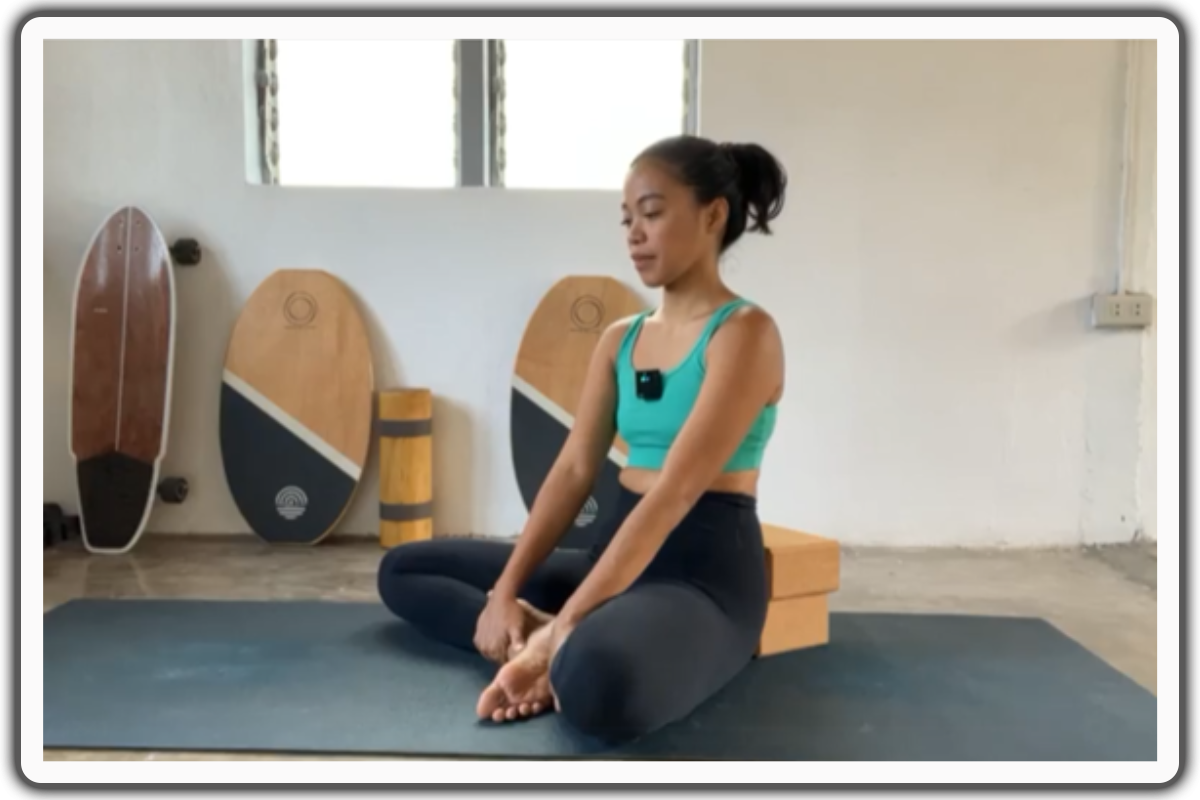
7. Meditation Reflection
- Begin in an upright sitting position on the floor with your legs crossed in front of your body, while maintaining good alignment with your head, shoulders, and hips.
- Soften your face and then relax your shoulders.
Start your reflection with these prompts. “What would it sound like if I spoke to myself the way it would to the child in me?”.
Return to the emotions you have named, noticing the tension and physical sensations present in the body. Soften your toes, relax your knees, and allow the hips to feel heavy. Soften your belly all the way to your heart, relaxing your shoulders.
Bring awareness to your breathing. Inhale through your nose, hold your breath for a second, then exhale through your mouth and hold your breath again for another second. Repeat the breathing practice, starting with 1 set of 5 repetitions. Relax and return to your normal breathing and notice how you feel.
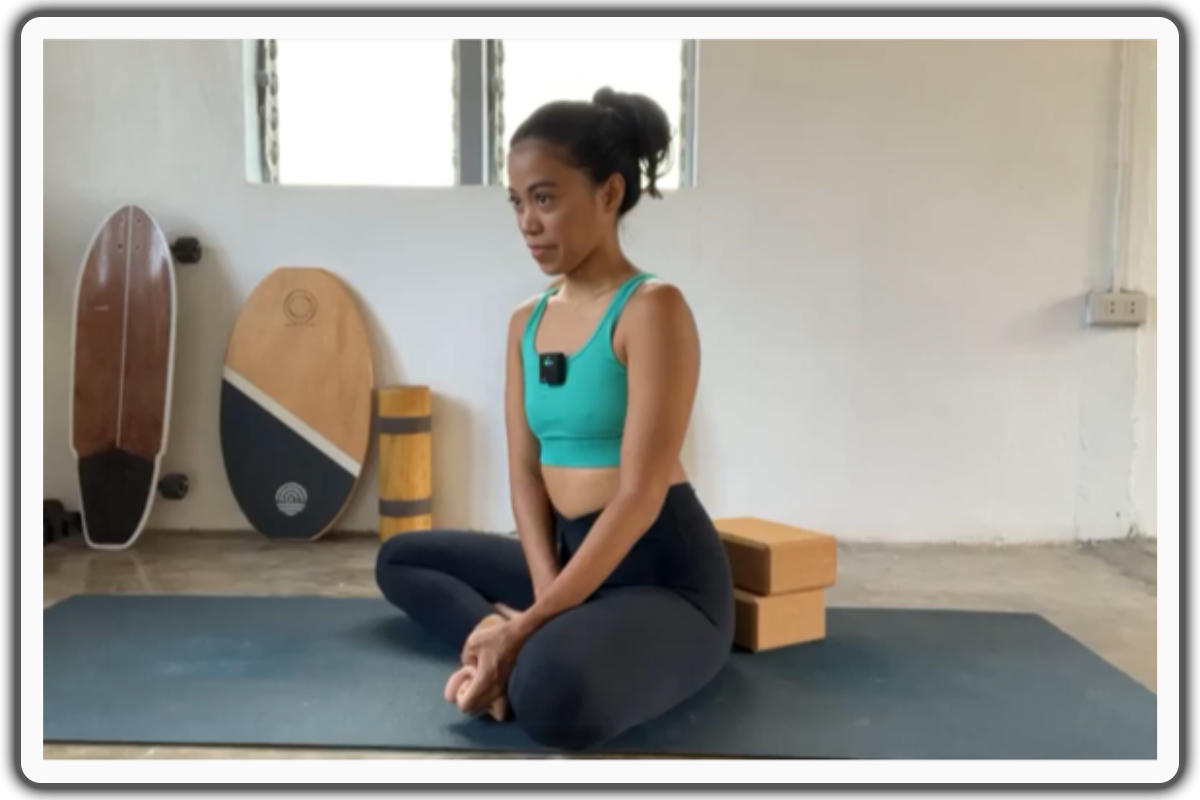
8. Breaths
- Begin in an upright sitting position on the floor with your legs crossed in front of your body, maintaining good alignment with your head, shoulders, and hips.
- After that, bring one hand over your chest and your other hand on your belly.
Close your eyes, bow your head, and say these affirmations, “I’m letting go. I release every single thing that is not serving me good anymore. I release old beliefs and let go of strings from things, from people who no longer serve me good. And I receive every single thing that I deserve. I receive abundance. I receive kindness, forgiveness and love.” Allow these affirmations to guide you throughout your day. Relax and return to the starting position.
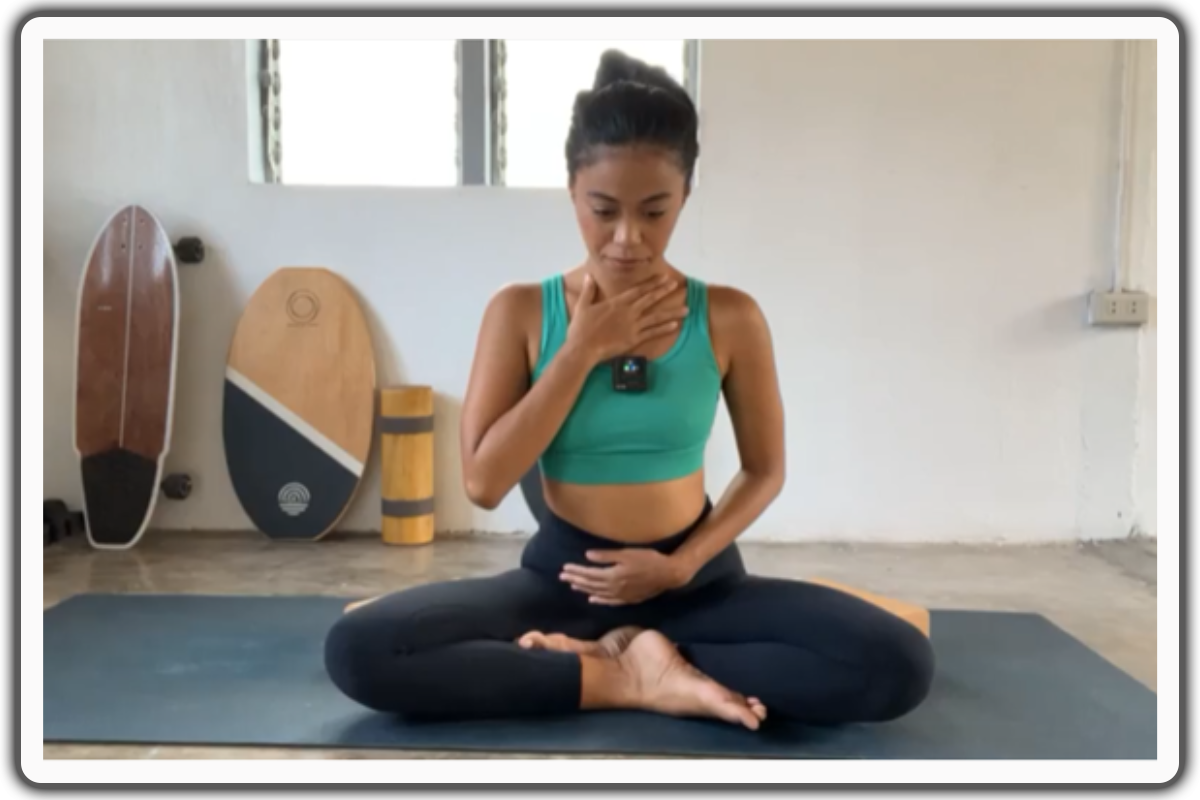
Benefits of Meditation for Emotional Release
The benefits of using meditation for emotional release are wide-ranging and can positively impact various aspects of our lives.
Here are some of the key benefits:
Stress reduction:
Meditation helps activate the body's relaxation response, which counteracts the effects of stress that can feel overwhelming. Regularly practicing meditation can reduce stress levels and improve our overall well-being.
Emotional Balance:
Through meditation, we can cultivate a sense of emotional balance and then resilience. This allows us to respond to challenging situations with greater clarity and calmness.
Improved self-awareness:
Meditation encourages self-reflection and then introspection, enabling us to gain a deeper understanding of our emotions and thought patterns. This self-awareness can lead to personal growth and development.
Enhanced empathy and compassion:
Regular meditation practice can cultivate empathy and compassion towards ourselves and others. It allows us to develop a greater sense of connection and understanding, improving relationships and then social interactions.
Conclusion
Meditation is a powerful tool for emotional release and overall well-being. By practicing meditation, we can tap into our inner selves, release trapped emotional pain, and find a sense of peace and then balance.
Through different techniques and regular practice, we can easily navigate our emotions and cultivate a more compassionate and then resilient mindset.
So, if you're seeking emotional release, embark on your meditation journey and then unlock the incredible power of catharsis.
“No single emotion is all good or bad because emotions are always changing and can change for the better.”
References
Harvard Health. (2014). What meditation can do for your mind, mood, and health.https://www.health.harvard.edu/staying-healthy/what-meditation-can-do-for-your-mind-mood-and-health-
Meditation and mindfulness: What you need to know. (n.d.). NCCIH. https://www.nccih.nih.gov/health/meditation-and-mindfulness-what-you-need-to-know
What is Catharsis? (n.d.). https://concept.paloaltou.edu/resources/business-of-practice-blog/what-is-catharsis
PsyD, J. N. L. (2024, March 5). Why emotions are key to growing stronger, wiser, and more connected. Psychology Today. https://www.psychologytoday.com/intl/blog/mindfulness-insights/202312/pitfalls-of-suppressing-emotions-and-pros-of-processing-them
Mindfulness meditation: A research-proven way to reduce stress. (2019). https://www.apa.org. https://www.apa.org/topics/mindfulness/meditation
Gazettejohnbaglione, & Gazettejohnbaglione. (2023). When science meets mindfulness. Harvard Gazette. https://news.harvard.edu/gazette/story/2018/04/harvard-researchers-study-how-mindfulness-may-change-the-brain-in-depressed-patients/
